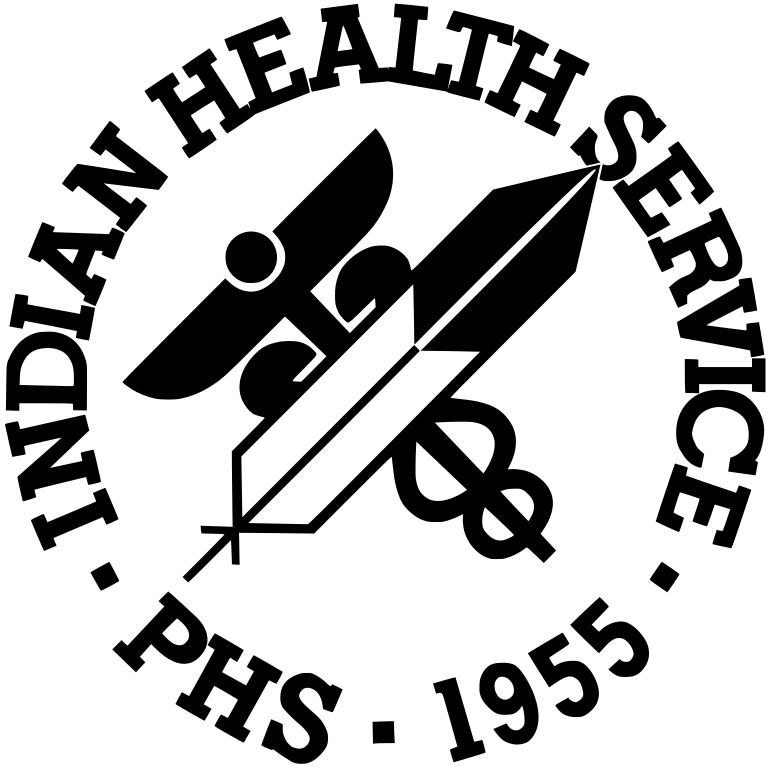The Indian Health Service (IHS) Health Information Technology (IT) Modernization Program formed the Enterprise Collaboration Group (ECG), to ensure the users of PATH EHR drive the configuration of the system. This user-focused body is comprised of subject matter experts from IHS federal facilities, tribes, and urban Indian organizations to help inform the enterprise configuration of PATH EHR.
The ECG brings together voices from across patient registration to clinical workflows, billing, and beyond. “The ECG places front-line clinicians and subject matter experts alongside the EHR architects,” said the Pharmacy Domain Group Chair Kyle Sheffer, PharmD, BCACP. This “ensures that the end product is efficient, clinically relevant, and easy for the end user to navigate,” said Sheffer.
Recent interviews with ECG members highlighted their perspectives on the purpose of the ECG, the decision-making process, and the value PATH EHR will bring to the domains they represent.
A Collaborative Process
The ECG operates through 15 Domain Groups, including Radiology, Emergency Medicine, Revenue Cycle, Pharmacy, among others. Each Domain Chair works with other users to ensure that PATH EHR is built to optimally serve our patients and staff.
Enterprise design workshops have been a valuable part of the process. Participants engage in breakout sessions and discussions to help inform the build and configuration of PATH EHR. The ECG Executive Committee makes recommendations based on the outcomes of these workshops. The enterprise design workshops have been hosted throughout 2025, and each workshop builds upon the other. Radiology Domain Chair Kyle Sykora, R.T., noted, “It’s been engaging, enlightening, and a fulfilling experience… we’ve grown to trust each other and have a great working relationship that would not be possible virtually.”
Importance of the ECG
The direct involvement of clinicians is central to the ECG’s success, as their EHR experience gives them insight into potential challenges, workarounds, and inefficiencies that affect patient’s care. By sharing their expertise, ECG members help design solutions that improve workflows across departments. Emergency Department Domain Chair Dr. Nathan Henrie, noted clinicians are users who provide direct patient care. “We have the best perspective and the strongest motivators to make it work well for patients,” Henrie said.
The Value of PATH EHR
Across all areas, PATH EHR is expected to optimize data quality, reporting, and staff efficiency. ECG members highlighted intended outcomes across multiple Domain Groups. The Revenue Cycle team envisions faster third-party verification, Radiology professionals look forward to standardized imaging access across sites, and Pharmacy teams are preparing templates and order sets that will simplify workflows, while improving inventory management.
Looking Ahead
With the ECG’s collaborative approach, combining the expertise of clinicians, administrators, and technical teams, the IHS is creating an enterprise-wide system that reflects its mission: delivering high-quality, patient-centered care across all communities it serves. Enterprise design workshops will conclude in early November. This will culminate with a Future State Review of the full PATH EHR suite to ensure the designed workflows are streamlined, patient-centered, and fully aligned with organizational priorities, setting the stage for a successful implementation.
To read more on the ECG and the governance process, visit the “Governance Drives IHS Modernization Program” blog post.
Stay Connected with the Health IT Modernization Program
|
|
Register for 2025 Tribal Consultation and Urban Confer Sessions With the last Health IT Modernization Program Tribal Consultation and Urban Confer sessions planned for 2025, we are committed to connecting and collaborating with partners through informative sessions and open forums. Register now using the links below:
|
|
|
Statement of Interest (SOI) We invite our partners to complete a non-binding document to help IHS understand which tribal and urban sites are interested in becoming part of the PATH EHR partnership. The SOI form may be submitted by email to modernization@ihs.gov at any time. Federal sites are not required to complete the SOI form. |
|
|
Health IT Modernization Awareness Survey The Health IT Modernization Program Awareness Survey intends to measure the effectiveness of the Program's communications, assess our partners' awareness and perception regarding PATH EHR, and determine tribal and urban partners' interest in actively participating in Program initiatives. The input you provide through this survey provides the IHS with invaluable insight into the reach of our engagement efforts across Indian Country, helping us enhance the circulation of information about PATH EHR implementation. Take the survey here. |
|
|
Connect with us!
|







